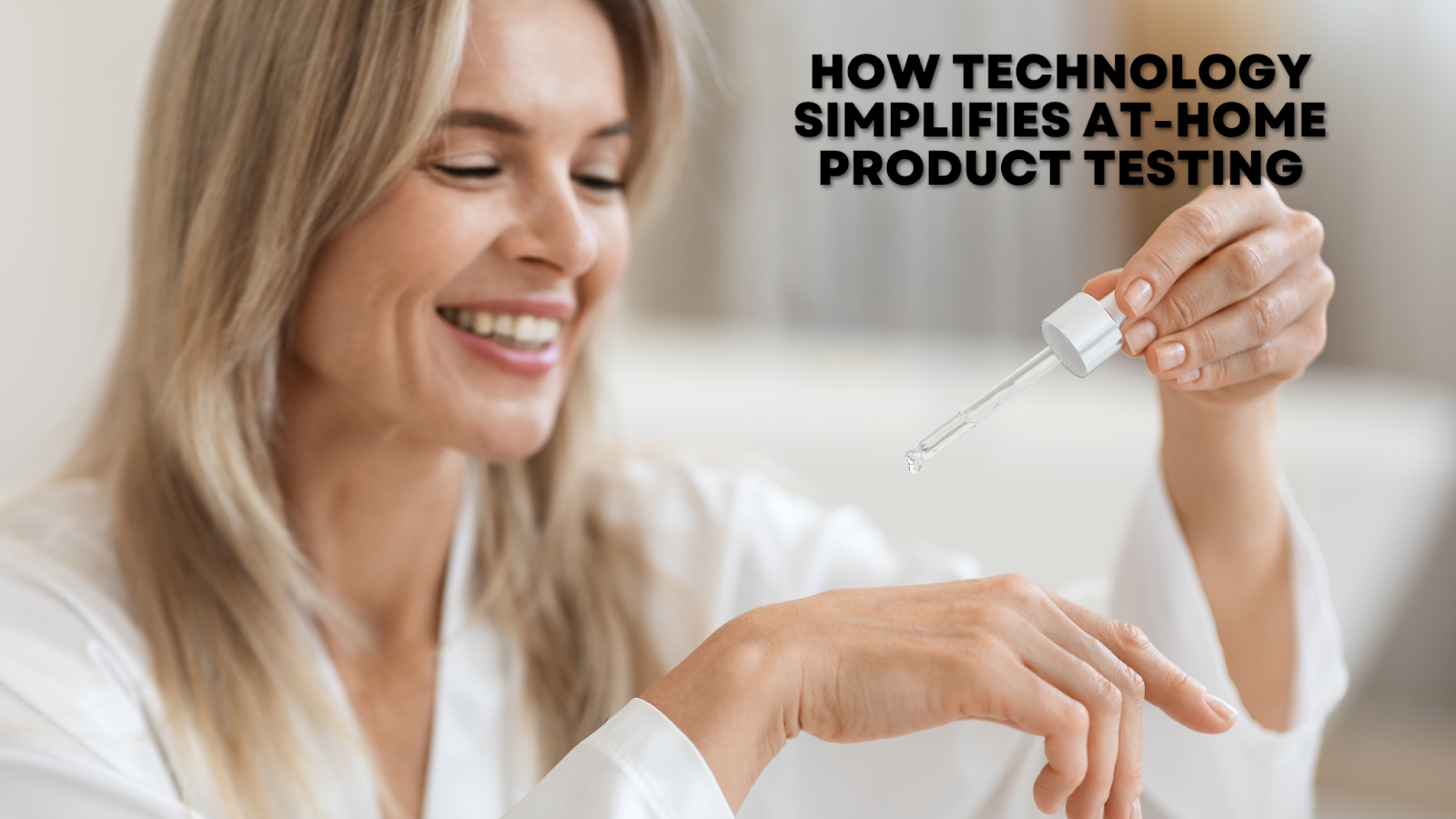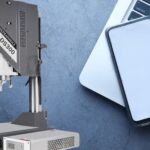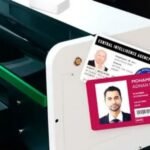As consumer preferences shift rapidly, businesses are eager to gather valuable feedback on their products to scale production if the market shows acceptance. Welcome to the world of at-home product testing—a revolutionary method transforming how brands interact with consumers.
In this blog post, we explore the exciting world of at-home product testing, examining how innovative tools and methodologies make it faster, more precise, and more accessible than ever.
Revolutionizing Product Testing with Technology
Technology has drastically transformed modern product testing. Product testing no longer relies solely on focus groups and labs. In the modern world, in-home product testing (IHUT) has become one of the cheapest and most informative ways for companies to survey their customers’ opinions.
Key technologies driving this revolution include:
– Smart devices
– Internet of Things (IoT)
– Artificial Intelligence (AI)
– Machine Learning (ML)
– Mobile applications
– Augmented Reality (AR) and Virtual Reality (VR)
These technologies work in tandem to create a comprehensive testing environment that yields more accurate and actionable results.
Smart Devices and IoT in Product Testing
As we delve deeper into product testing at home, it’s crucial to understand the pivotal role played by smart devices and the Internet of Things (IoT).
Integration with Everyday Devices
Smart devices are ubiquitous in our daily lives, and their integration into product testing has truly revolutionized the process. These devices have evolved from mere smartphones, tablets, or home automation systems into powerful tools for collecting instant responses as customers use them in their own environments.
The benefits of smart device integration include immediate feedback collection and enhanced accuracy of user experience data.
IoT-Enabled Testing
While smart devices play a crucial role, the integration of IoT takes product testing to a new level by enabling continuous monitoring and data collection. With an estimated 75 billion connected devices expected by 2025, the potential for comprehensive product performance analysis is immense.
IoT devices in product testing monitor product usage patterns, collect environmental data affecting product performance, provide real-time feedback on product functionality, and enable remote testing management and data aggregation.
By leveraging IoT technology, companies can gain unprecedented insights into how their products perform in diverse real-world conditions, leading to more informed decision-making and product improvements.
AI and Machine Learning for Enhanced Accuracy
Apart from IoT, both artificial intelligence and machine learning offer an enormous boost to the accuracy of product testing at home, thus enhancing consumer feedback and product performance.
AI-Powered Analysis
AI algorithms have transformed how we leverage the enormous amount of data that is produced in product testing. These remarkable software applications can efficiently handle and interpret elaborate data, revealing subjects of interest which may elude the grasp of all human investigators.
Machine Learning Models
Machine learning applications are expected to grow at an impressive rate of 43% annually, indicating their increasing importance in predicting product performance and enhancing user satisfaction.
By harnessing the power of AI and ML, companies can make data-driven decisions that lead to more successful product launches and improvements.
Mobile Apps and Software Solutions
User-friendly mobile apps and comprehensive software solutions complement AI and machine learning, offering streamlined and efficient testing experiences for both companies and consumers.
User-Friendly Testing Apps
The global mobile app market is projected to reach $407.31 billion by 2026, reflecting the increasing demand for accessible and efficient testing solutions. Mobile apps designed for at-home product testing offer a range of features that simplify the process for participants.
Key features of testing apps:
– Intuitive user interfaces
– Step-by-step testing instructions
– In-app surveys and feedback forms
– Photo and video submission capabilities
– Push notifications for testing reminders
Conclusion
The integration of technology in at-home product testing has ushered in a new era of efficiency, accuracy, and insight for companies across industries. From IoT-enabled devices and AI-powered analysis to user-friendly mobile apps, these innovations are reshaping how products are developed, refined, and brought to market.
As we look to the future, the continued evolution of technology promises even more exciting possibilities for at-home product testing. Companies that embrace these advancements will be well-positioned to create products that resonate with consumers, stand out in an increasingly competitive marketplace, and drive more revenue.
FAQs
1. How does AI improve the accuracy of at-home product testing?
AI algorithms analyze large datasets to provide precise and insightful results, making at-home testing more reliable.
2. What are the main privacy concerns with IoT-enabled product testing?
Privacy concerns include data breaches and unauthorized access to personal information collected by IoT devices.
3. How do mobile apps facilitate at-home product testing?
Mobile apps offer user-friendly interfaces, real-time data collection, and immediate feedback, making the testing process convenient and efficient.










